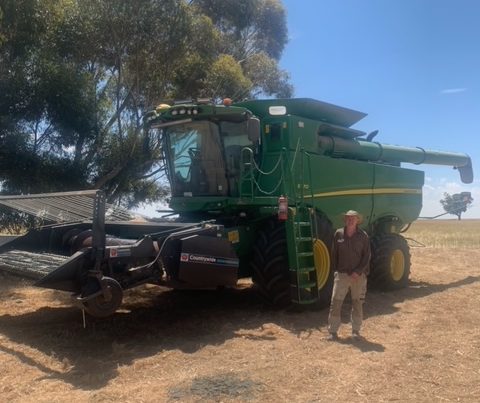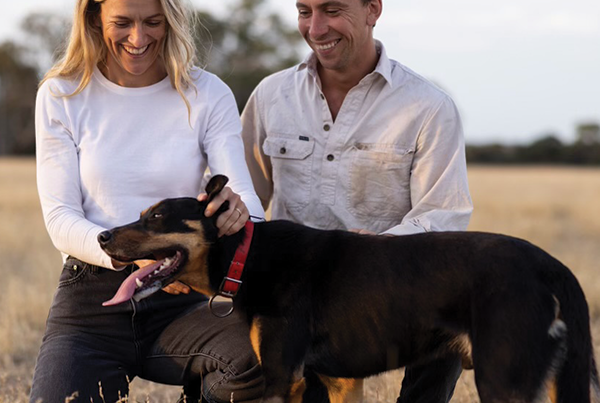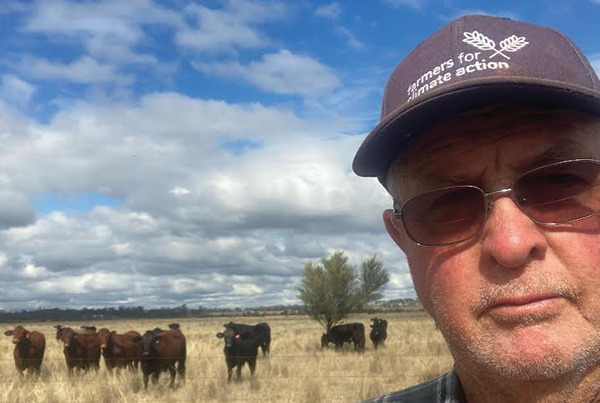At a glance
Who: Dr Miriam Villen King
What: Stahmann Webster is a ground-to-grocer producers of pecans, macadamias, walnuts and almonds.
Where: Qld – Bundaberg, NSW – Moree and Riverina, Tas – Swansea.
Can you tell us about your property/enterprise?
Stahmann Webster’s history spans more than 180 years, since the birth of Webster Limited in Tasmania in 1831, and the foundation of Stahmann Farms Inc. in 1932 in New Mexico and 1967 in New South Wales.
Today, we are a vertically integrated business growing and processing pecans, macadamias, walnuts and almonds.
What are some of the opportunities you see for your business/property in the coming years?
Increasing costs and decreasing commodity value along with environmental challenges like water scarcity and changing weather patterns means improving efficiencies in all aspects in of agriculture is paramount. We anticipate by cultivating these efficiencies the opportunity to improve the way we farm today will be increased. By taking decisive action now, Stahmann Webster is creating a world where the agriculture industry of the future will reap the benefits of our positive action today.
Good business is building on the hard work and determination of those who came before us to leave a legacy we can be proud of. Our people, our products, our communities and our environment revolve around making positive choices at every step and staying true to who we are and what we do best. Ultimately, our direction for good business practice will develop new markets globally, importantly, we are laying the foundations for greater reach and yield placement.
And what are your main challenges now, and into the future?
Our main challenges now and into the future are severe weather events and less predictable weather patterns, which put timing-sensitive operations under more strain. Increasing operating costs and a decreasing commodity value are also a challenge.
How has climate change impacted your farm business?
Climate change is impacting our business by directly affecting weather patterns that disrupt farming operations. Temperature changes are also a potential concern, as we foresee extreme events to increase in frequency and severity.
What are some of the on-farm adaptations or changes you’ve been employing in recent years and what’s driving them? How successful have they been, and what benefits have you seen as a result?
There are multiple on farm adaptations that have been employed to combat our changing climate. For example, the annual application of compost on non-bearing trees along with cane mulch has seen very positive results in soil and tree health.
For the application of mulch, we tested the difference between previous practice by taking a range of measurements between areas with mulch vs bare soil. Water holding capacity, soil carbon and soil temperature improved significantly in the areas where we applied mulch. The benefits of such applications have long been proven and tested, so most of the findings were expected. However, what wasn’t expected was the early bearing potential that has occurred in most blocks where these practices were adopted, even impacting cultivars not known for it.
We are also experimenting with interrow grass species to increase biodiversity, improve soil carbon levels, promote beneficial organism and to provide stable groundcover.
What are your hopes for agriculture in Australia, into the future?
My hopes are that the industry will work together to find better ways to farm, and to better communicate successes. More emphasis on research and development, paired with collaboration will be required for the industry to be sustainable.







